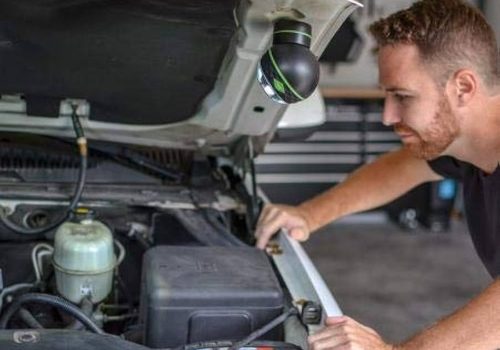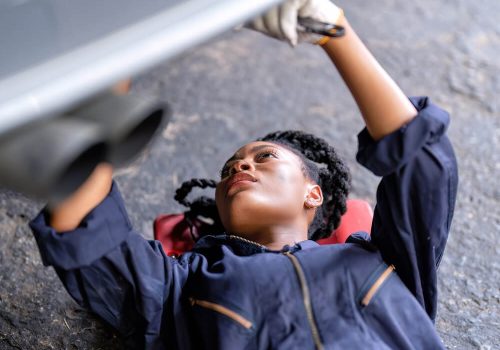Ball Bearing Wear: The Source of Many CV Joint Noises
CV joints transfer power from the transmission to wheels. Ball bearings allow smooth rotation and torque transfer efficiently. Flattened or damaged bearings increase friction and create unwanted noise. Healthy bearings maintain consistent movement under all driving conditions reliably. Understanding bearing wear improves maintenance and prolongs CV joint lifespan effectively. Proper care preserves internal components and prevents unexpected driveline failure consistently. Acting promptly ensures smooth torque delivery and safe steering response. Bearing integrity is critical for predictable driveline performance consistently. Drivers can rely on Auto Repair in Pueblo, CO for expert inspection and timely service. Ignoring early damage accelerates wear and may cause sudden failure.
Causes of Bearing Wear
Wear occurs from repeated stress and friction over time continuously. Harsh driving conditions accelerate flattening or deformity of ball bearings quickly. Dirt water and debris increase abrasive contact reducing smooth rotation. Mechanics inspect bearings during routine maintenance for damage carefully. Replacing worn bearings restores rotation and smooth torque transfer effectively. Healthy bearings absorb stress without producing abnormal noise or vibration reliably. Ignoring wear allows micro-damage to escalate into major internal problems. Proper lubrication reduces friction and prevents early bearing deformation consistently. Bearing wear is a silent start of progressive CV joint failure.
Impact on Rotation
Damaged bearings increase friction and reduce smooth torque transfer immediately. Uneven rolling produces vibration clunking and unpredictable movement consistently. Joint binding may develop during turns acceleration or heavy load. Mechanics test bearing rotation and feel for resistance carefully. Replacing flattened bearings restores smooth torque delivery and rotation reliability. Healthy bearings maintain contact with races reducing internal stress and friction. Ignoring rotational issues accelerates wear and may cause joint seizure. Proper bearing maintenance ensures quiet operation and smooth driveline function. Rotation problems escalate when ball deformation is left unchecked continuously.
Noise Generation
Flattened bearings produce clicking clunking or rumbling during vehicle operation. Irregular movement transmits vibration through the driveline and steering consistently. Noise increases during cornering or acceleration under load gradually. Mechanics detect bearing wear by observing sounds and vibration carefully. Replacing damaged bearings restores smooth rotation and reduces internal play effectively. Healthy bearings operate quietly maintaining driveline stability and vehicle performance reliably.
Joint Stress
Worn bearings increase stress on cages races and internal surfaces continuously. Load imbalance produces accelerated wear and reduces joint durability effectively. Friction and heat increase internal fatigue and risk of seizure. Mechanics inspect related components when replacing damaged bearings carefully. Restoring smooth bearings redistributes load and reduces internal wear reliably. Healthy bearings prevent excessive stress maintaining driveline efficiency and quiet operation.
Conclusion
Ball bearing wear reduces CV joint performance gradually over time repeatedly. Flattened or misshapen bearings produce vibration noise and reduced torque transfer. Damaged joints increase internal play and risk sudden driveline failure. Early inspection prevents secondary damage and restores smooth rotation. Replacing worn bearings ensures consistent torque delivery and reliable control. Healthy CV joints improve handling stability and overall driveline performance.





